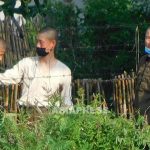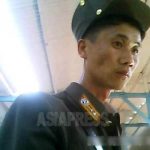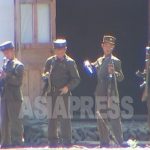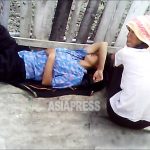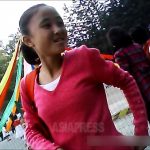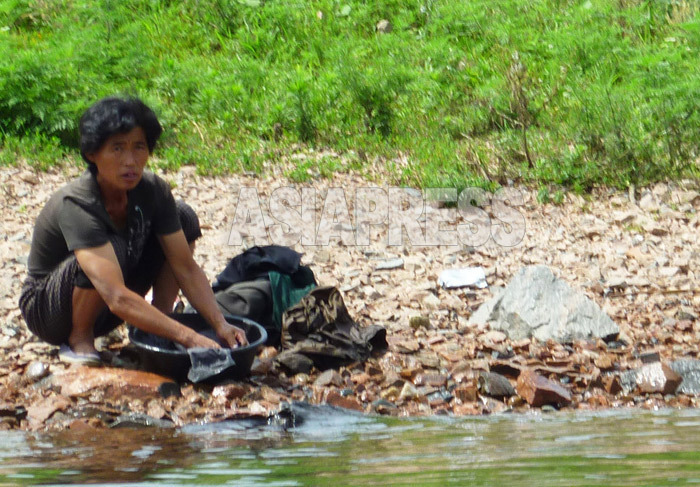
The Kim Jong-un regime, as of April 5, has continued to make claims of “zero coronavirus infections.” Meanwhile, there are rumors circulating within the country and headlines written in South Korean media of “infections and deaths in the North.”
Since news of the outbreak in Wuhan in January, ASIAPRESS has been collecting information from reporting partners in North Pyongan Province, North Hamkyung Province, Ryanggang Province, and Pyongyang.
Rumors of “infectious outbreaks” have been widespread, but no solid information could be found. This may have been a result of the regime’s prevention measures, however, it is more commonly believed to be due to a lack of testing kits and equipment, particularly in the regional cities.
In late March, a reporting partner living in North Hamkyung Province conducted an investigation in Rason and Chongjin, North Korea’s third largest city. The findings of the investigation raised doubts over the regime’s claims of “zero infections.”
The reporting partner explained, “In February, more and more people were said to be showing symptoms, such as coughing and a high fever. Particularly in the Pohang District and Sunam area of Chongjin City. Hospitals and clinics, however, would only diagnose these patients with tuberculosis, bronchitis, or a cold, and prescribe them fever reducers or cold medicines. No other measures were taken.”
According to a number of acquaintances living in apartments in downtown Chongjin, a number of people have died in their homes due to contagious diseases and many appear to have “died due to the coronavirus.”
◆ An “invasion” through North Korea’s Chinese trade hub, Rason?
North of Chongjin City is the city of Rason, a special economic zone. It is the country’s largest trading hub with China and the only city in the country which allows Chinese vehicles to enter across the border. The next most popular city for Chinese businessmen and tourists to visit is Sinuiju in the west of the country. Exact numbers are not known, but it is estimated that tens of thousands of visitors come to Rason each year.
Rason City, as a special economic zone, is strictly separated from other regions by barbed wire. A permit is required to enter and exit from other areas.
Speaking on the possibility of an outbreak in Chongjin City, the reporting partner said, “At the end of January, when the Chinese border was sealed, all those who had been in contact with Chinese people in Rason were put under quarantine. As the entrance to Rason from Chongjin City in Huchang was sealed, people could not enter Rason. However, it was possible to leave Rason to go to Chongjin and distributions were also not stopped. I don’t know the situation in Rason but the rumors of an outbreak there are constant. I think the virus could very well have been spread by someone returning from Rason to Chongjin sometime between late January and early February.”
Next page :The current situation in Chongjin City...
